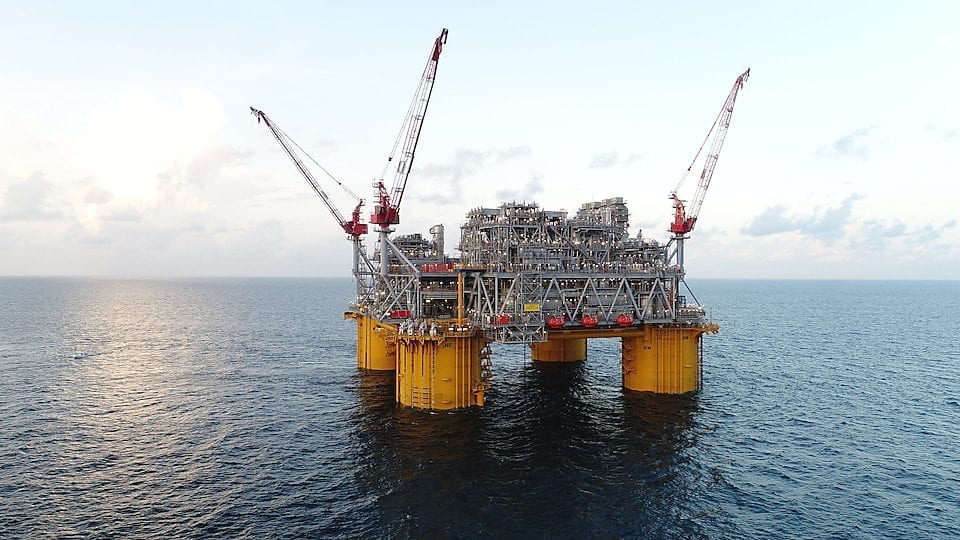The question of how much crude U.S. producers may be able to add in 2020 could be pivotal for oil prices this year, analysts told CNBC, while warning of the potential for “vicious corrections” in the coming months.
Speaking to CNBC’s “Squawk Box Europe” on Thursday, Chris Weafer, a senior partner at Macro-Advisory, suggested three “critical factors” were set to have the greatest influence over crude futures this year.
The first two factors were identified as oil demand growth and the current deal between OPEC and its allied partners.
The group, often referred to as OPEC+, agreed to cut oil production by an additional 500,000 barrels per day (b/d) from Jan. 1, further deepening their previous cut of 1.2 million b/d.
“The big uncertainty this year — and it is already beginning to be talked about — is: Can or will U.S. producers be able to continue to add as much extra volume as they have been for the last seven or eight years?”
“This is a huge question,” Weafer said.
The International Energy Agency projected last month that total U.S. oil production growth will slow to 1.1 million b/d in 2020, down from 1.6 million b/d in 2019.
In such a scenario, Weafer said that, assuming the OPEC+ deal remains in place, oil prices should trade in the $60 to $70 price range.
Nonetheless, he warned many were becoming concerned that U.S. production growth might have passed its peak, amid speculation the industry will not be able to increase production at the same rate in 2020 as it has done in previous years.
Increased output from shale formations has helped the U.S. to become the world’s largest oil producer and one of the leading exporters.
In the last decade, the U.S. has more than doubled oil production to 12.66 million b/d, according to data published by the Energy Information Administration on Tuesday.
‘Vicious corrections’
International benchmark Brent crude traded at $66.26 Thursday afternoon, up over 0.3%, while U.S. West Texas Intermediate (WTI) stood at $61.11, around 0.1% higher.
Brent crude futures remain around 11% lower when compared to an April peak, with WTI down over 7% over the same period.
“The supply-demand balance for the first quarter and first half of the year… does not guarantee a substantial fall in global oil inventories,” Tamas Varga, senior analyst at PVM Oil Associates, said in a research note published Thursday.
Varga said that while no significant price meltdown was anticipated in the short-term, “vicious corrections could happen in coming months.”
“The second half of the year … looks brighter as global demand will pick up later in the year. The oil balance is to get tighter provided OPEC will keep fulfilling its swing producer role,” he added.
Source: CNBC



